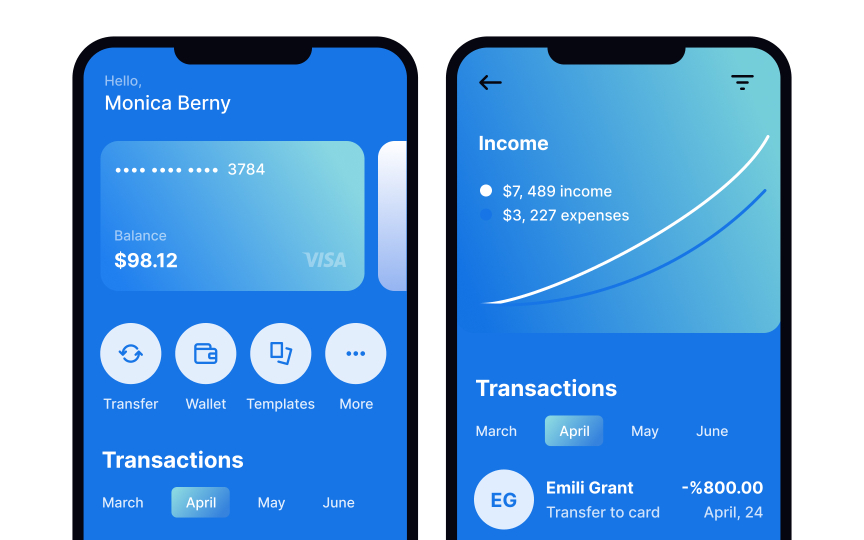Desirability studies
A desirability study is a user research method for measuring aesthetic appeal and finding visual design directions that speak to users and create the right brand image.
Usually, participants are presented with product images or are asked to use prototypes or a live product. You can also use different versions of the same interface to find the best solution. Then, they are asked to describe the product using adjectives or descriptive phrases from the list. With the large group of representatives, clear trends will emerge. You can learn, for example, that a significant number of respondents find a green palette calming and relaxing for a yoga app. In contrast, a dark blue version may evoke mixed emotions.
Desirability studies are a valuable tool for determining the right design direction and resolving conflicts involving subjective opinions within a team. The disadvantage of this method is that you can't predict real-world user behavior. During the study, you can only learn what users say, but it's impossible to find out how they'd behave and feel when interacting with a product.[1]


